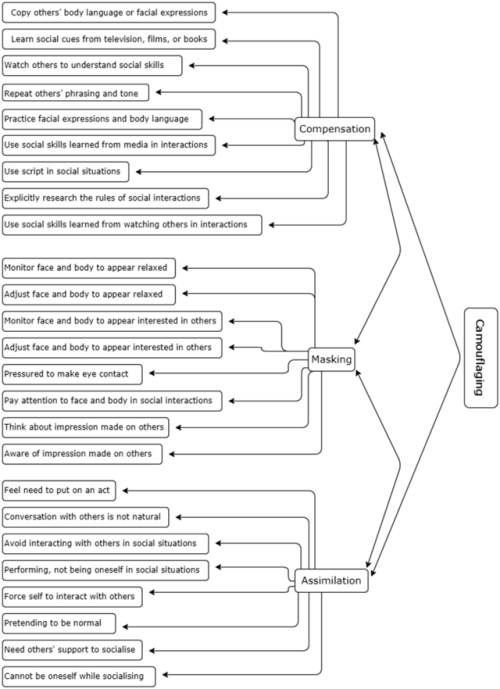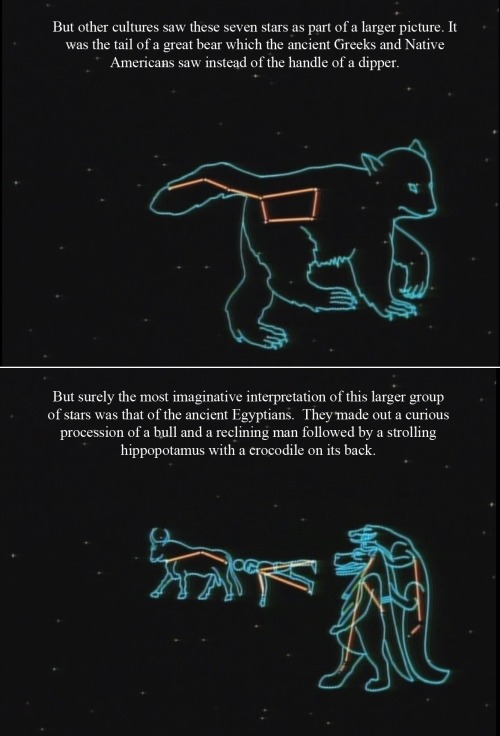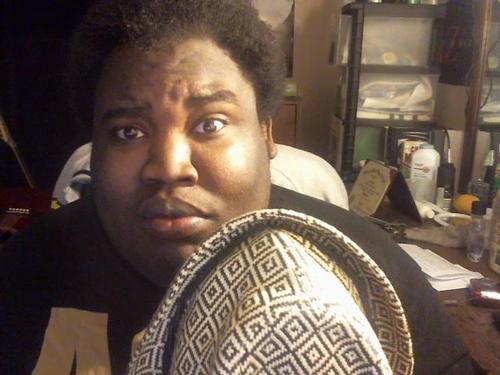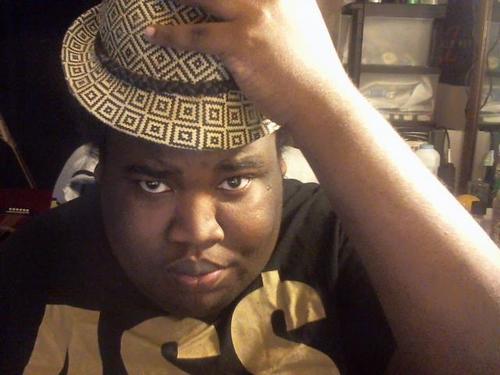I've Lost My One And Only Palace
I've lost my one and only palace
Sometimes I refuse to sleep, because at 3am is the calmest I ever feel. Not that my body isn’t dying of anxiety. But the world is silent. No one expects anything of you. No one in that moment can make you feel terrible. Only you can. And there’s a weird power in that.
More Posts from Muahahahahah and Others

Let it burn …
You can get it on prints here :
https://www.redbubble.com/people/underdott/works/39515091-let-it-burn?asc=u&p=art-print&rel=carousel
https://society6.com/underdott/s?q=new+prints
https://www.instagram.com/p/Byruu1ionn9/?igshid=o37lgtader7p
I know I'm unlovable, I just sometimes like to pretend that I'm not
Workbooks and Self-Help Books for Mental Illnesses & Symptoms
Hello everybody! I was just thinking about how I always recommend people who can’t get therapy to use workbooks, so I thought I’d make a quick list of some you could look at. I’m not comfortable recommending books for things I have not struggled with (like, if I was looking at the description of a book on OCD I’d have no idea if it was good or not) but I think I’ve covered a lot. Some of these are series which have workbooks for specific disorders like bipolar, etc., if you want to find some. Plus, you don’t have to be diagnosed with something to use a workbook if you think it’ll help you.
Workbooks are sometimes made to be done in conjunction with therapy, or something like that, but anyone can still get something out of them if you put in regular work and try to apply the skills.
I’ve linked them all the Amazon because they’re usually cheaper on there.
For reference: DBT = dialectical behaviour therapy, CBT = cognitive behavioural therapy, ACT = acceptance and commitment therapy
Anxiety, Depression, and Intrusive Thoughts
The CBT Anxiety Solution Workbook
The Anxiety and Worry Workbook
The DBT Skills Workbook for Anxiety
The Anxiety Toolkit
Depressed and Anxious: The DBT Workbook
The Mindfulness and Acceptance Workbook for Depression
The Cognitive Behavioural Workbook for Depression
Overcoming Unwanted Intrusive Thoughts
The Anxious Thoughts Workbook
Borderline Personality Disorder
The BPD Survival Guide
Stronger Than BPD
You Untangled
Mindfulness for BPD
The BPD Toolbox
Beyond Borderline: True Stories of Recovery
Interpersonal Problems
The Interpersonal Problems Workbook
ACT for Interpersonal Issues
Anger
The DBT Skills Workbook for Anger
The Anger Workbook for Teens
Anger Management for Everyone
ACT on Life Not on Anger
Trauma and PTSD
Overcoming Trauma and PTSD
The PTSD Workbook For Teens
The Complex PTSD Workbook
You Empowered
Self Harm
Freedom from Self harm
Stopping the Pain: A Workbook for Self-Injury
Rewrite: The Journey from Self-Harm to Healing
General Emotional Issues/Multiple Disorders
Letting Go of Self-Destructive Behaviors: A Workbook
The DBT Skills Workbook
Don’t Let Emotions Run Your Life
The Mindfulness Solution for Intense Emotions
The Mindfulness-Based Emotional Balance Workbook
Thoughts and Feelings: Taking Control of Your Moods Workbook



Coraline (2009), dir. Henry Selick.
“The ‘O’ in ‘Welcome home’ on the cake has double loops in it. According to Graphology, the double looped lowercase o implies that the person writing it is a liar.”

[ID: Image depicting three types of camouflaging - compensation, masking, and assimilation. Under compensation it lists - coping others’ body language and facial expressions, learn social cues from television/films/or books, watch others to understand social skills, repeat others’ phrasing and tone, practice facial expressions and body language, use social skills learned from media in interactions, use script in social situations, explicitly research the rules of social interactions, and use social skills learned from watching others in interactions. Under masking it lists - monitor face and body to appear relaxed, adjust face and body to appear relaxed, monitor face and body to appear interested in others, adjust face and body to appear interested in others, pressured to make eye contact, pay attention to face and body in social interactions, think about impression made on others, and aware of impression made on others. Under assimilation it lists - feel need to put on an act, conversation with others is not nature, avoid interacting with others in social situations, performing/not being oneself in social situations, force self to interact with others, pretending to be normal, need others’ support to socialize, and cannot be oneself while socializing./]
Image provided from https://link.springer.com/article/10.1007%2Fs10803-018-3792-6. Entitled “Social Camouflaging Model.”
Different Thought Disorders Common With Those On The Schizophrenia Spectrum / Psychosis Spectrum
Thought disorders are when your thinking process is impaired, often affecting your speech! They’re common in ADHD and autism, but also can appear in those in the schizophrenia spectrum or psychosis spectrum. Let’s talk about them!
Remember, none of these are done on purpose!
Alogia - randomly stop talking in the middle of the sentence, slurred consonants, being unable to grasp the right word, and trailing off into a whisper before ending the sentence
Blocking - suddenly stopping in the middle of the sentence, forgetting what the sentence was about, and then starting a new topic after the blocking
Clang Association - Rhyming or doing alliterations in the middle of the sentence. An example would be “So yesterday when I went to the store door floor more … I mean, yesterday say lay may..”
Echolalia - Repeating what someone says right after they say it or repeating sentences heard earlier. An example would be a mom asking “Do you want icecream” and a child responding “Do you want icecream…. yes!”
Pressure of Speech - speaking rapidly without pausing, loud, and hard to understand
Word Salad - Using a series of words in an odd order making it impossible to understand the sentence, some of the words not having ti do with the sentense at all. An example would be a woman asking “What kind of coffee did you get?” and her friend responding “Several, several berries. Strawberries. Steaming, colours, fruits, red blue pink”
(word salad is often confused for manipulative behaviour, please know that nobody displays word salad on purpose. It is not manipulative. )
Tangentiality - going off topic before answering the question. An example would be, your friend asks “when did you start gardening?” and you reply “My garden has three main vegetables. I love vegetables but my brothers don’t. I haven’t seen my brothers in years, I should call them.”
Stilted Speech - spoken in a formal essay format rather than casual speech, more information than average when explaining, repeating information
(also common in autism spectrum disorder, if you’re on the spectrum you may find yourself doing this more while info-dumping about a special interest)
If I happened to miss any! Feel free to add on!
Autism Myth-Busting Part 2
[Part 1]
1. Autistic people are violent: Autistics are more likely to be on the receiving end of violence and abuse than their neurotypical counterparts.
2. All autistics are non-verbal: Only 25-30% of autistic people are considered non-verbal. Some autistics are hyper-verbal and/or possess advanced language skills.
3. All autistics are good at math or science: Only 10% of autistic people have a savant skill. Many autistics aren’t particularly good at math at all. Although they may have certain skills or traits that are well suited for math and science, autistics can have interests or talents in any field.
4. Autistic people are asexual: Here are some videos discussing autism and sexuality: Autism & Sex Autism & Sexuality
5. People can “outgrow” their autism: Autism is a permanent genetic condition. More accurately, it is a neurotype. Someone who is autistic always will be, so autistic kids turn into autistic adults.
6. Autistic people can’t lie: Autistics may have a tendency to be more honest than neurotypicals, but they can definitely lie. I couldn’t find research on this one that isn’t terribly ableist, so I’ll just say this - I’m autistic and I can lie if I want to.
7. Functioning labels are an accurate way to describe autistics: Functioning labels are highly inaccurate for multiple reasons. Functioning can fluctuate on a day-to-day basis for many autistics. These labels are also used to invalidate autistic people by assuming that if they are low functioning they cannot make decisions for themselves, and to deny support for those who are high functioning.
8. Autistic people can’t have healthy relationships: Autism In Love is a documentary that discusses autistic relationships. Over 32% of autistic adults are in relationships. I myself am autistic and married.
9. All autistics have a great memory: Autistic people can have both memory strengths and memory difficulties. They may also have a working memory that’s entirely average.
10. Asperger’s isn’t a type of autism: As of 2013, the DSM considers Asperger’s and autism to be the same diagnosis, both falling under the category of ASD.















Not everything is fleeting. Some feelings are deep. The fact it isn’t close to me, that I can understand. But I find it sad it isn’t close to you.
Portrait de la jeune fille en feu (2019) // dir. Céline Sciamma
Are fedoras really that bad?





YES YES THEY ARE
-
 limetimo liked this · 2 months ago
limetimo liked this · 2 months ago -
 nocturnal-desolation reblogged this · 2 months ago
nocturnal-desolation reblogged this · 2 months ago -
 nocturnal-desolation liked this · 2 months ago
nocturnal-desolation liked this · 2 months ago -
 where2fromhere liked this · 2 months ago
where2fromhere liked this · 2 months ago -
 infinifi reblogged this · 2 months ago
infinifi reblogged this · 2 months ago -
 calei-me liked this · 3 months ago
calei-me liked this · 3 months ago -
 ecstacybby reblogged this · 6 months ago
ecstacybby reblogged this · 6 months ago -
 s-h-y-y-a-n-n-e liked this · 7 months ago
s-h-y-y-a-n-n-e liked this · 7 months ago -
 2happy4u2sad4me reblogged this · 7 months ago
2happy4u2sad4me reblogged this · 7 months ago -
 givvemenutella reblogged this · 8 months ago
givvemenutella reblogged this · 8 months ago -
 givvemenutella liked this · 8 months ago
givvemenutella liked this · 8 months ago -
 ehlytriesagain liked this · 11 months ago
ehlytriesagain liked this · 11 months ago -
 tryingsomething2024 reblogged this · 11 months ago
tryingsomething2024 reblogged this · 11 months ago -
 stateofthesam reblogged this · 1 year ago
stateofthesam reblogged this · 1 year ago -
 infinifi reblogged this · 1 year ago
infinifi reblogged this · 1 year ago -
 xamenigi reblogged this · 1 year ago
xamenigi reblogged this · 1 year ago -
 mimi666 liked this · 1 year ago
mimi666 liked this · 1 year ago -
 half-corpse-half-god reblogged this · 1 year ago
half-corpse-half-god reblogged this · 1 year ago -
 universeofshadowxx reblogged this · 1 year ago
universeofshadowxx reblogged this · 1 year ago -
 stayloyalorstayawayfro-m-e reblogged this · 1 year ago
stayloyalorstayawayfro-m-e reblogged this · 1 year ago -
 stayloyalorstayawayfro-m-e liked this · 1 year ago
stayloyalorstayawayfro-m-e liked this · 1 year ago -
 getawayxx reblogged this · 1 year ago
getawayxx reblogged this · 1 year ago -
 x-erinnerungsanfall-x liked this · 1 year ago
x-erinnerungsanfall-x liked this · 1 year ago -
 pollysnu reblogged this · 1 year ago
pollysnu reblogged this · 1 year ago -
 pollysnu liked this · 1 year ago
pollysnu liked this · 1 year ago -
 gebrochenefluegel reblogged this · 1 year ago
gebrochenefluegel reblogged this · 1 year ago -
 gebrochenefluegel liked this · 1 year ago
gebrochenefluegel liked this · 1 year ago -
 du-warstmeinkompass reblogged this · 1 year ago
du-warstmeinkompass reblogged this · 1 year ago -
 schooloftears reblogged this · 1 year ago
schooloftears reblogged this · 1 year ago -
 verschluesselt reblogged this · 1 year ago
verschluesselt reblogged this · 1 year ago -
 borpoespoknorta liked this · 1 year ago
borpoespoknorta liked this · 1 year ago -
 lbumanmunsovi liked this · 1 year ago
lbumanmunsovi liked this · 1 year ago -
 bonmensdeconland liked this · 1 year ago
bonmensdeconland liked this · 1 year ago -
 fuckmags liked this · 1 year ago
fuckmags liked this · 1 year ago -
 carolineandreav liked this · 1 year ago
carolineandreav liked this · 1 year ago -
 byrenfa liked this · 1 year ago
byrenfa liked this · 1 year ago -
 endlesstwanted liked this · 1 year ago
endlesstwanted liked this · 1 year ago -
 anisemessydrawer reblogged this · 1 year ago
anisemessydrawer reblogged this · 1 year ago -
 anisecandy liked this · 1 year ago
anisecandy liked this · 1 year ago -
 sapphirecobalt-1 reblogged this · 1 year ago
sapphirecobalt-1 reblogged this · 1 year ago -
 puzzlebean reblogged this · 1 year ago
puzzlebean reblogged this · 1 year ago -
 pleasetakethis reblogged this · 1 year ago
pleasetakethis reblogged this · 1 year ago -
 idontbelieveyou-butthenagain-idc reblogged this · 1 year ago
idontbelieveyou-butthenagain-idc reblogged this · 1 year ago